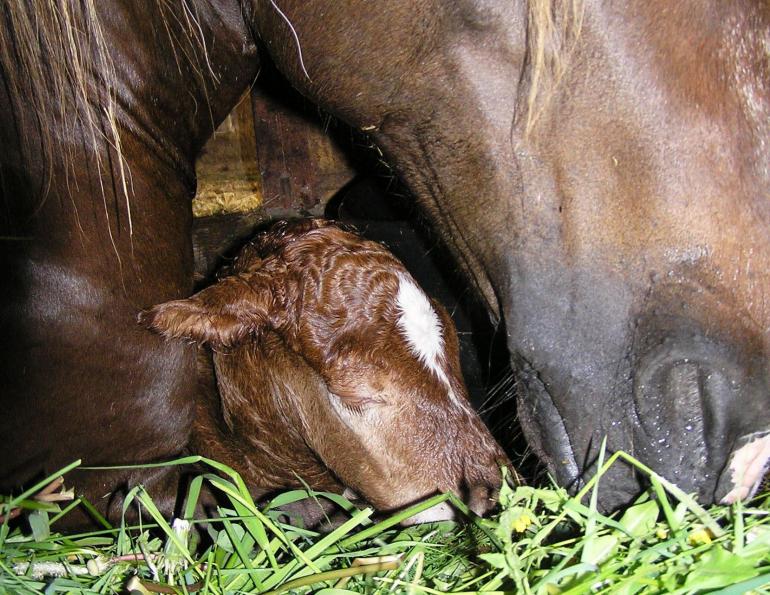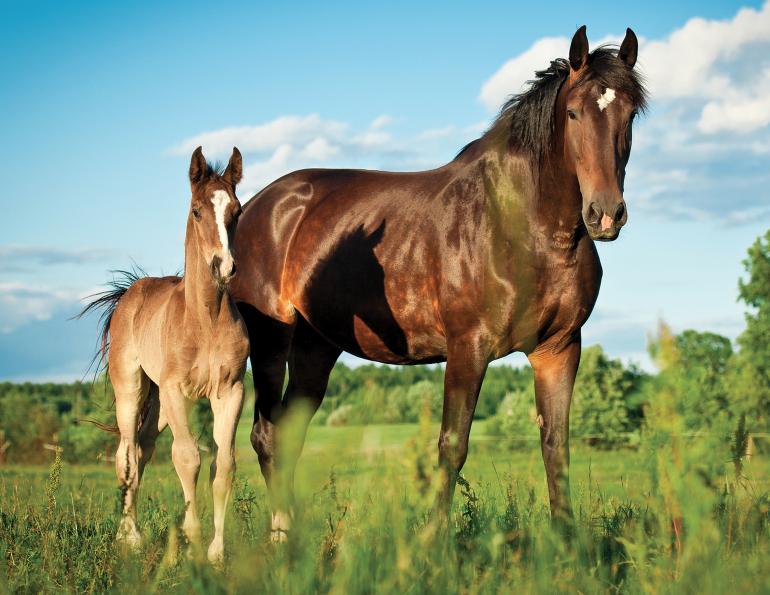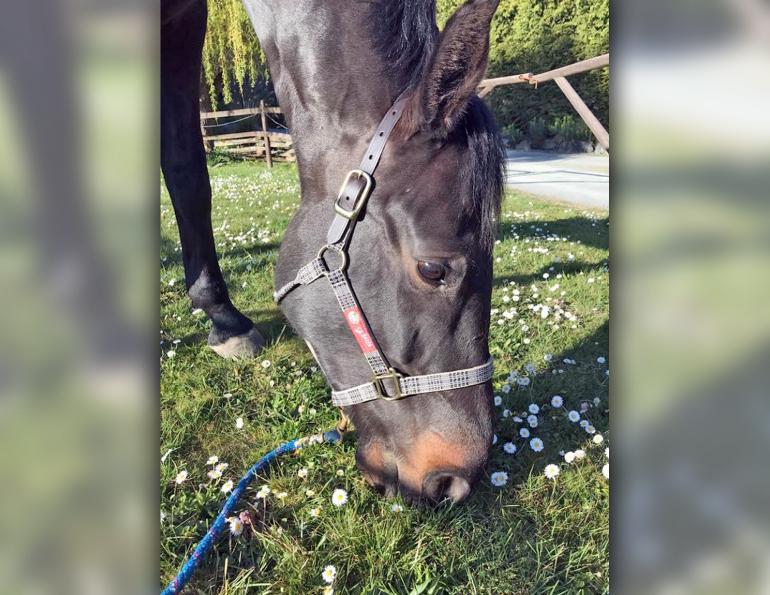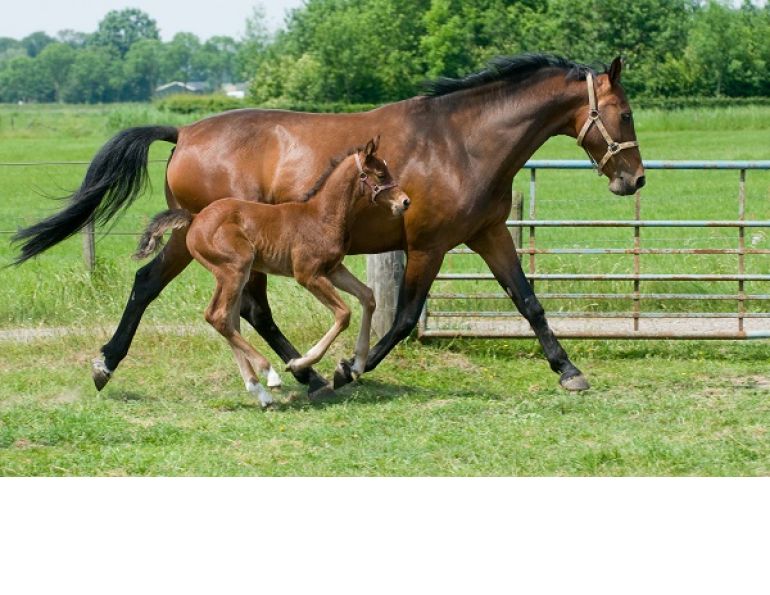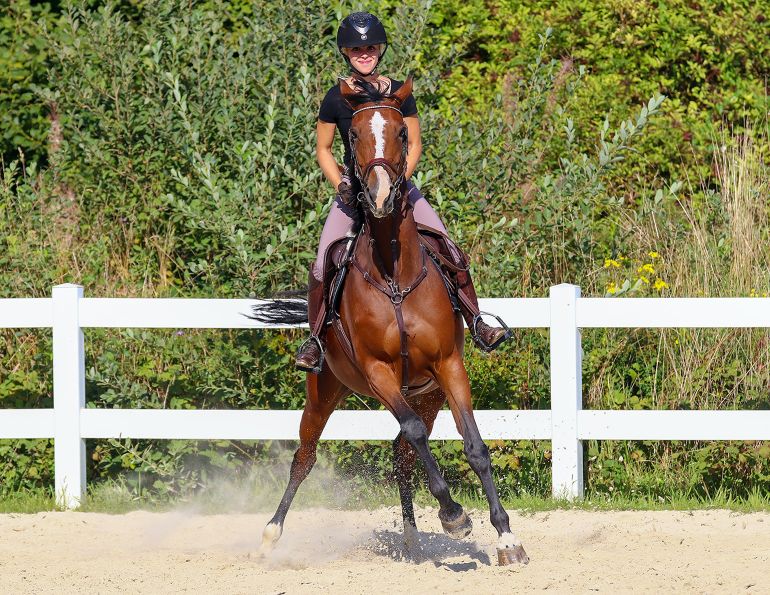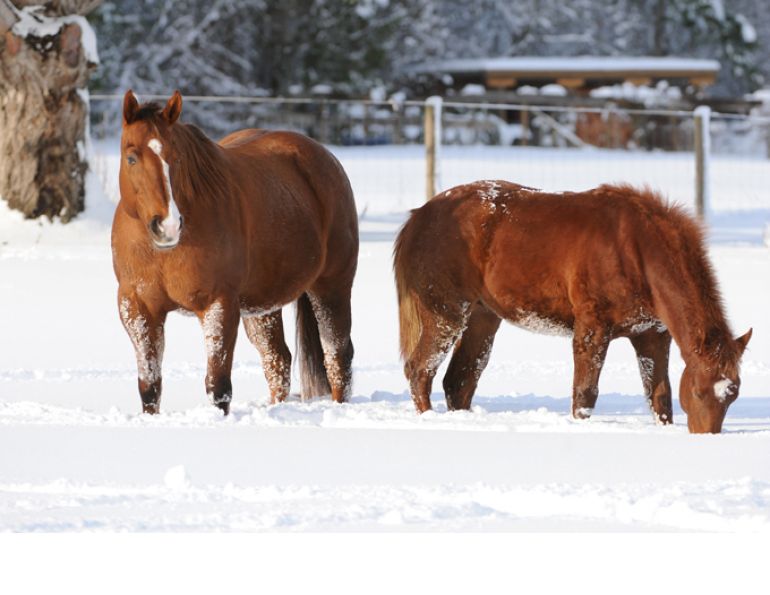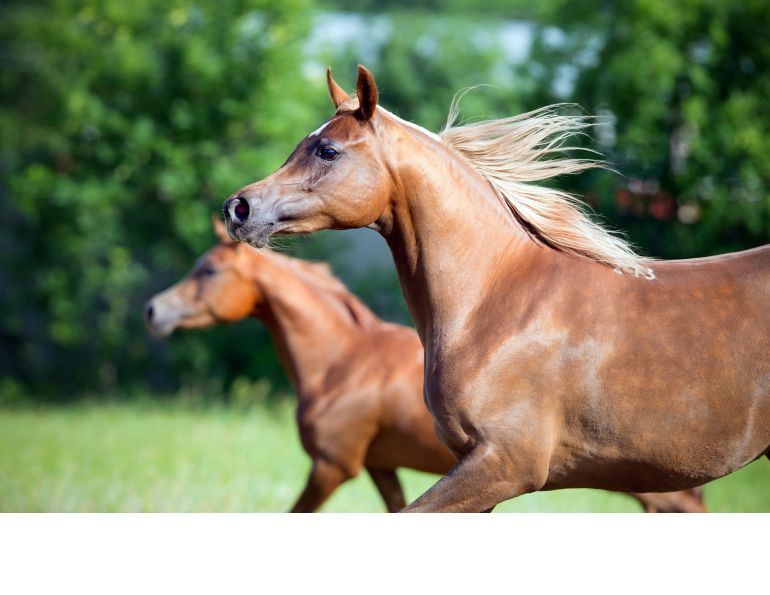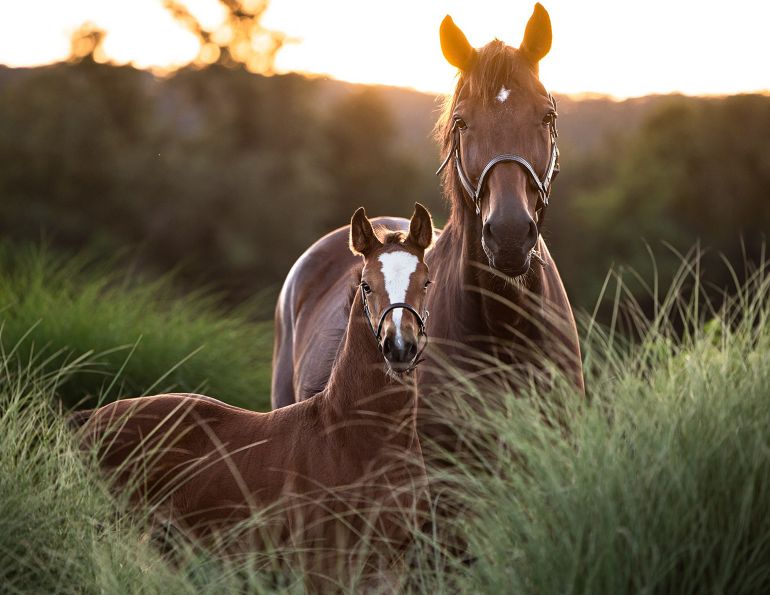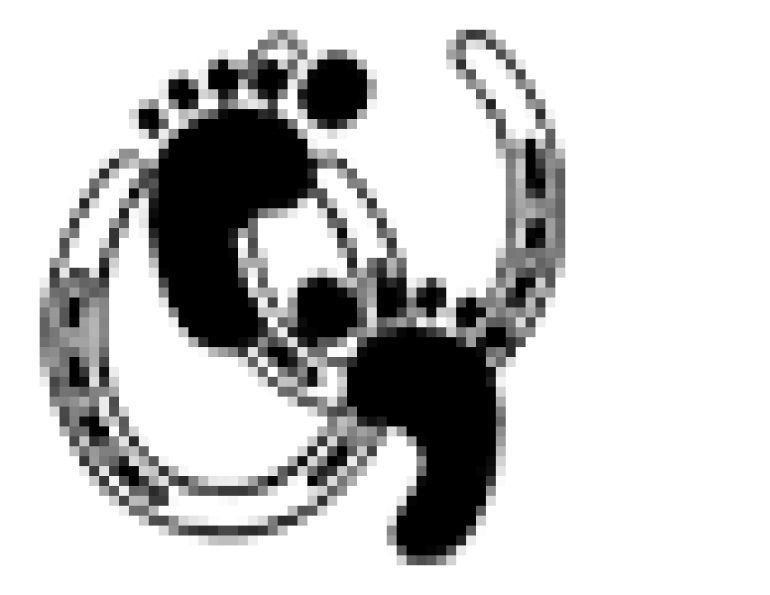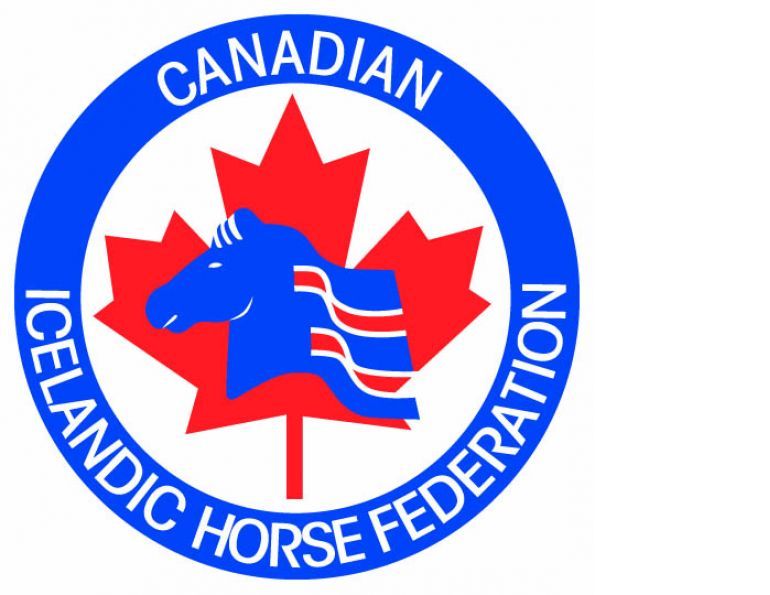By Margaret Evans
When our thoroughbred mare Daisy was pregnant with Sham nine years ago, she moved through her stages predictably with no issues. In her last month, her milk bag was slow to fill but the signs of change were there. But it wasn’t until her 353rd day of pregnancy that she gave birth. She was restless, switching her tail and watching her flank. She dropped down, stiffened her legs, sweated, panted, and groaned with her mouth open. In 25 minutes, Sham was born and Daisy was nickering and licking a welcome.
As much as the event seemed stressful, recent research has shown quite the opposite. At the Brandenburg State Stud in Neustadt (Doss), Germany, Christina Nagel and colleagues observed 17 foalings, recorded electrocardiograms before, during, and after foaling, and took samples of saliva and blood. They were analyzed for levels of stress hormones such as cortisol and epinephrine.
“Normal foaling appears to cause just the opposite of a stress response,” said Nagel.
The heart rate does not increase. Their atrioventricular (AV) blocks remain at rest suggesting that the parasympathetic nervous system maintains a state of rest and relaxation. The researchers did not detect any adrenaline rush and that initial contact with mare and foal, as when Daisy breathed her barely audible nicker to Sham, further instilled a state of relaxation. Nursing became instantly enjoyable for the mare as the strong suckling drew the pressure off the bag.
Mares clearly experience giving birth very differently from human moms. But they need a safe birthing environment. All the foals in the study were born at night when the stable was quiet. Sham was born at 3:10 am.
“Parturition in horses requires a state of relaxation in the mare,” said Christine Aurich, head of the research group. “This is an advantage in wild horses because mares can postpone labour until they perceive the environment as calm and safe. Once this is (determined to be) the case, foaling proceeds within a very short time.”
Photo: S. Merikallio/Flickr



